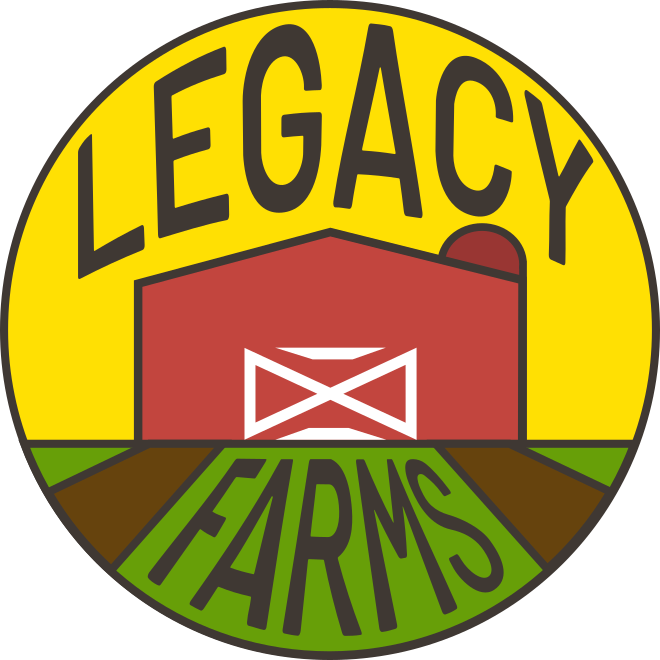The Farmstead Model and Why it Works
Agricultural autism communities, or farmstead programs are not a new concept. Programs of this type have been in the United States for several decades. Two of the most well-known farms are Bittersweet Farms, in Ohio, and Innisfree Village in Virginia. They were both created in the 1970's and have served as the model and inspiration for others who have started similar programs in their communities.
Instructors at Legacy Farms teaching the interns about harvesting.
The farmstead model works very well. This is because the rural setting and numerous activities available on a farm provide a variety of therapeutic benefits that include:
- Engaging in meaningful, purposeful work which creates a sense of accomplishment
- Daily opportunities for physical and cognitive exercise
- Allowing those who have been cared for the opportunity to care for and work in teams with others
- Living in a quieter environment and a slower pace of life
- Being involved in the seasonal rhythms of farm life
To better understand just how farming helps, try to imagine a typical day on the farm. Depending upon the "farmers" interests and abilities, they could feed the animals, gather eggs, tend the garden, work in the greenhouse, bake bread, and help with meal preparation. They learn skills they can use in the day-to-day farm operations or take with them to a job site.
It’s not all work either, there would be plenty of time for recreation as well, such as music, art therapy, and physical fitness activities. For those involved these work and recreational options are more appealing than those offered in an urban environment.
The farmstead model is a community where participants live and work, incorporating daily and seasonal routines, while participating in meaningful vocational, recreational and community activities.



